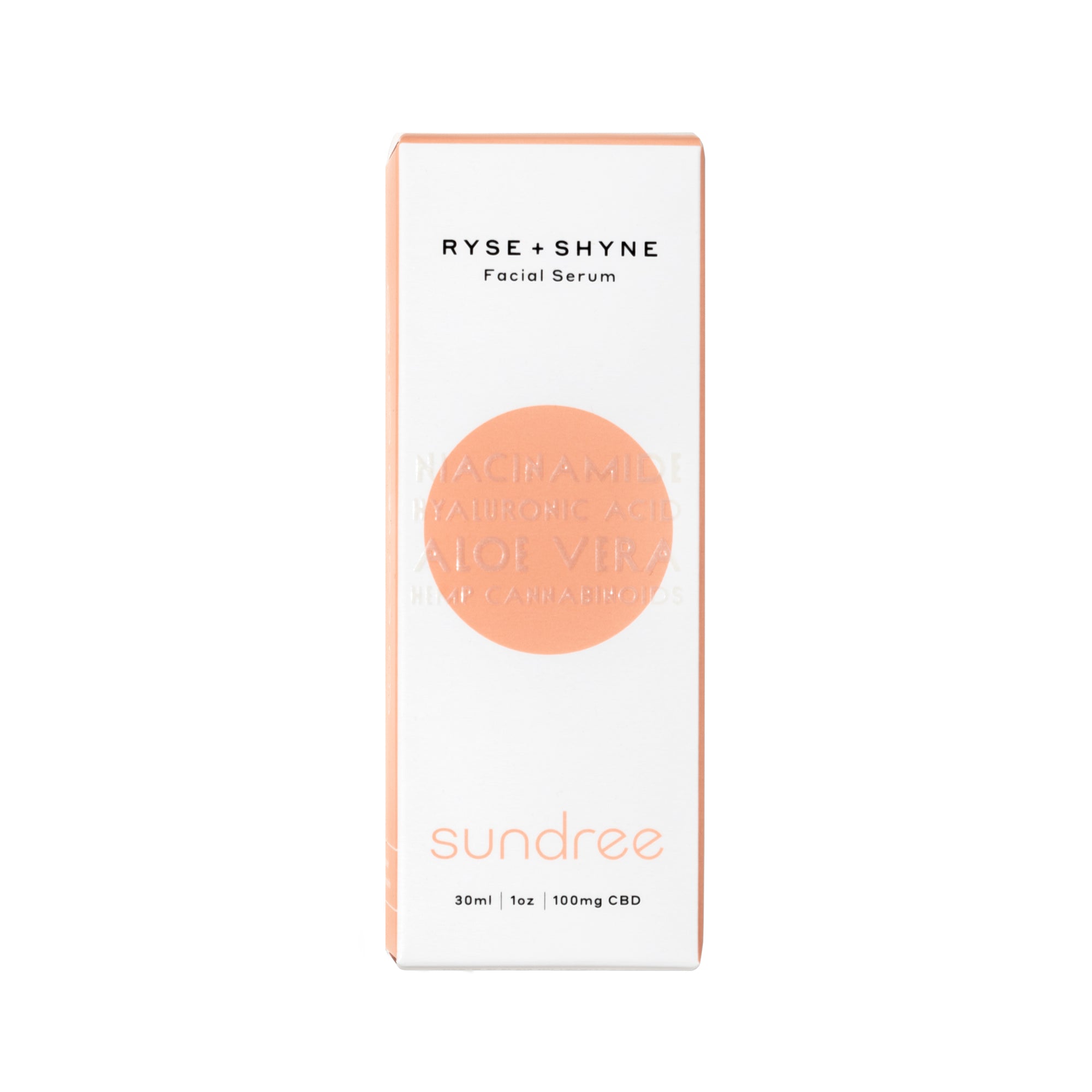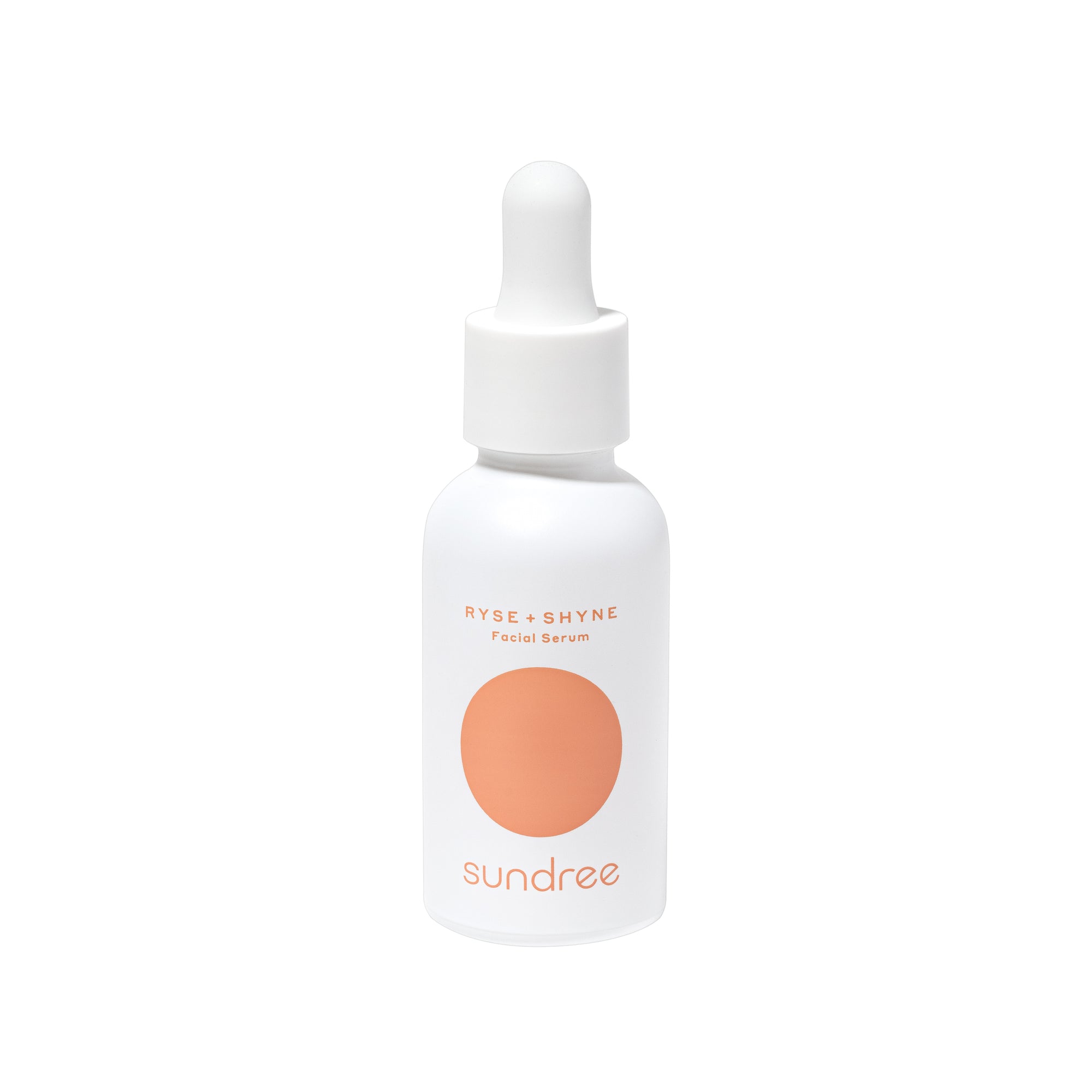Refined or added sugar is probably one of the most widely discussed topics in the health and wellness realm these days. Food manufacturers are adding refined sugar to almost all their food items. So, it may come as a surprise that many of your favorite savory foods, sauces, and snacks are hiding sugar in them.
We all might be familiar with the toll sugar can take on our health. However, many of us don’t realize how bad it can be for our skin. So let’s start by explaining the harmful effects of sugar on your skin and how you can cut back on it to keep your skin healthy.
What is Added Sugar?
To help you fully understand how you might be consuming sugar without even knowing, let’s first understand what added sugar is. Our bodies need glucose (a form of sugar) to gain the energy required to perform various functions. However, our bodies can convert carbohydrates, fats, and proteins from our daily diet into glucose, so we don’t need to consume sugar. Added sugars refer to the sugars added during the manufacturing of various packed and commercially prepared food items. These sugars contain empty calories, which means they have no nutritional value and lead to a long list of health issues.
How Much Sugar Do You Need?
If you grab a teaspoon and imagine yourself eating 30 spoonfuls of sugar, that’s the amount of sugar most Americans consume each day. Over the past few years, sugar intake has increased significantly among Americans. As a result, an average person is getting more than 13% or 270 calories of his daily calorie intake from sugar, which exceeds the amount recommended by the U.S dietary guidelines.¹ U.S dietary guidelines advise that Americans shouldn’t get more than 10% of their daily calories from sugar. For example, a 12-ounce soda can has 130 calories, making about eight teaspoons of sugar. So you can imagine how many calories you consume daily, even if you consume one drink.
How Does Sugar Affect Your Skin?
If you’re wondering what a seemingly harmless cupcake or candy bar can do to your skin, stay with us. Here’s why you should take a step back on your favorite sugary treats if you’re in pursuit of gorgeous-looking skin:
- Glycation - Glycation is probably the first thing that comes to mind when we talk about the adverse effects of sugar on the skin because it’s the most notable effect of sugar on the skin. What exactly is glycation? Glycation is the natural process in which sugar molecules in your bloodstream attach to proteins or lipids in the body to form AGEs.² These proteins include elastin and collagen, needed to keep the skin firm, vibrant, and healthy. AGEs produced during glycation break down elastin and collagen, paving the way to the early onset of signs of aging. Moreover, AGEs break down the natural antioxidant in your body, putting your skin at a higher risk of oxidative stress due to free radicals.
- Inflammation - Skin Inflammation arises from too much sugar in your body. Ingesting a high level of sugar in your diet causes the body to release more glucose, which binds to collagen molecules in the body. Collagen helps to maintain the health and functions of skin cells. The negative effect of sugar on collagen reduces the body’s ability to protect and regenerate damaged skin cells, tissue, and capillaries. This damaging effect exposes the skin to harmful external elements, which lead to infections, irritation, itching, and redness. Excessive sugar in the body can also trigger or worsen your inflammatory skin conditions, including rosacea and eczema.
- Dehydration - Another reason to say goodbye to candy, cakes, chocolates, and sodas for good is to help avoid dry, dull, and dehydrated skin. You might have noticed that you feel thirsty after having foods with high sugar content. Well, sugar deprives your body of its fluids. High sugar intake causes a high concentration of glucose in the blood, which drains the cells in the body of water. As a result, you’ll end up with unhealthy cells and dehydrated and undernourished skin. This is because your body requires a high amount of water to process excessive sugar molecules in your body. Besides making your complexion look uneven, rough, and dull, dehydration can also cause dark under-eye circles.
- Insulin Resistance - When you ingest foods with a high glycemic index or food that can increase your blood sugar level, the number of carbohydrates in your bloodstream increases. Your body works to break down those carbohydrates into glucose rapidly, which elevates your insulin level. You might already know that excess sugar can cause insulin resistance and increase your likelihood of getting diabetes. But severe insulin resistance can also show in the form of skin discoloration, especially around your neck and other body folds.³
- Premature Signs of Aging - As mentioned earlier, sugar molecules from your food get attached to protein and elastin in the body, leading to glycation. Glycation targets and destroys collagen and elastin and is linked to premature signs of aging, like fine lines, age spots, wrinkles, and hyperpigmentation. Also, lower levels of collagen and elastin in the skin weaken the skin’s ability to defend the cells against environmental stressors, like UV rays, bacteria, free radicals, and other toxins, which also accelerate the skin's aging process.
- Acne Breakouts - Are you struggling to manage acne or have oily skin that can easily break out? Well, consuming sugar-rich or high glycemic foods can make your acne even worse. An upsurge in glucose levels in your body can trigger hormones that affect your oil glands, causing them to release more sebum. Consequently, there will be increased chances of acne and blemishes on your skin. So, ditch sugar if you’re striving for clear and healthy skin.
How to Cut Back on Sugar?
Now that we have seen how consuming too much sugar can negatively affect your skin, let’s move on to different ways to limit sugar intake to help you achieve a more youthful and glowing complexion in the long run.
- Find Substitutes for Sugary Beverages - Sugary drinks are one of the most common sources of high sugar content in daily diets. If you can’t kickstart your morning without a cup of coffee, consider drinking it black and avoid adding sugar to it. Sodas, even the diet ones, also contain a high amount of added sugar and artificial sweeteners. It may sound boring but swap your sugar-filled beverages with water, teas, or other healthier options.
- Limit Fruit Juices and Juice Drinks - Many believe that a glass of fruit juice in the morning is a healthy way of starting our day. While fruit juices are an incredible source of antioxidants, vitamins, and minerals, some may contain higher levels of fructose, added sugar, corn syrup, and artificial sweeteners. Excessive amounts can also raise your blood sugar level and lead to skin issues.
- Bust Your Sweet Cravings - If you happen to have a huge sweet tooth, you may need to reconsider your dietary habits to help achieve clear and healthy skin. Candy, cakes, frozen desserts, baked goods, and other empty-calorie food items are filled with sugar. To ensure you don’t consume more sugar than recommended, check nutrition value labels and wean yourself off foods with more than 10 grams of sugar per serving. And if you’re consuming more than the listed serving, you’re feeding your body with an even higher amount of sugar. Furthermore, avoid preserves, like jellies, jams, because they also add sugar to your diet.
- Eat Small Meals Throughout the Day - When you strip your body of any food for an extended period, it goes into starvation mode and starts to preserve fats stored in your body, which turns on your craving center. Eating often during the day can help you eliminate those cravings and stick to a healthy diet. Also, plan on what you’ll be consuming throughout the day, so you don’t binge on whatever is readily available, such as a candy bar or a quick drive-thru.
- Watch for Your Sugar Substitutes - We often tend to turn to artificial sweeteners and other sugar substitutes to cut down on sugar in our daily diet. There’s no doubt that they may be calorie-free, but they are usually a lot sweeter than regular sugar, up to 600 times. When you ingest them, you might trick your brain into thinking that you are eating high amounts of sugar. This mechanism can lead to massive sugar cravings throughout the day.
Final Thoughts
It may seem impossible to give up on all those delicious desserts and beverages. But the fact is that the temporary pleasure you get from consuming sugary foods may end up in unwanted skin issues. Common skin problems include inflammation, acne breakouts, wrinkles, discoloration, fine lines, and dehydration.
There are numerous ways to reduce the amount of sugar you consume daily and clean up your pantry. In addition, making some dietary and lifestyle changes can help you feel healthier, and it will show through your skin.
Citations:
- Hellmich, Nanci. (2013). ‘Adults consume 13% of calories from added sugars’, USAToday. Accessed Decemeber 13, 2021. Available at: https://www.usatoday.com/story/news/nation/2013/05/01/sugar-calories-soda-food/2121743/
- Carpenter, Sabrina. (2012). ‘Sugar And Aging: How To Fight Glycation’, Accessed December 14, 2021. Available at: https://www.elle.com/beauty/makeup-skin-care/tips/a2471/sugar-aging-how-to-fight-glycation-614621/
- Basina M.D, Marina. (2021). ‘What is insulin resistance’, Healthline. Accessed December 14, 2021. Available at: https://www.healthline.com/health/diabetes/insulin-resistance-symptoms













